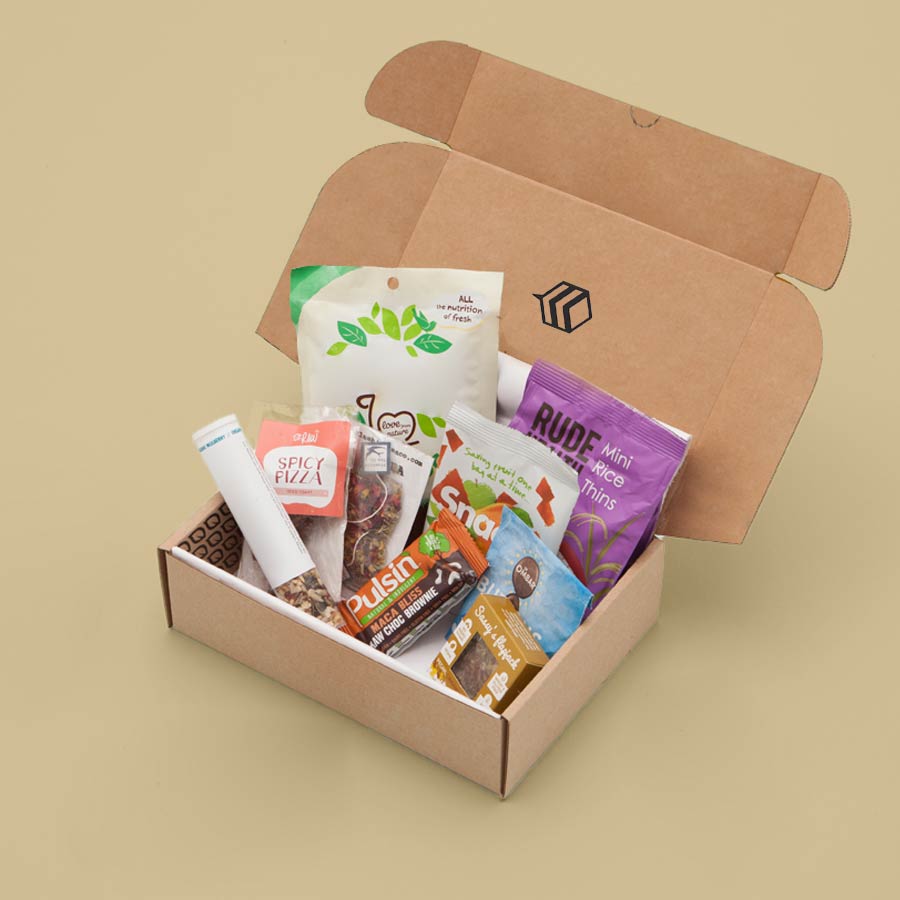In today’s rapidly evolving ecommerce landscape, subscription boxes have emerged as one of the most profitable and sustainable business models. By providing customers with convenience, personalization, and consistent value, ecommerce subscription boxes not only enhance customer loyalty but also generate predictable recurring revenue.
This guide delves deep into the strategies, types, benefits, and essential tools needed to build a successful subscription box business in 2025.
What Are Ecommerce Subscription Boxes?
The ecommerce subscription boxes are recurring delivery services that offer curated or replenished products to customers on a weekly, monthly, or quarterly basis. These boxes typically revolve around a specific theme or niche, such as beauty products, fitness supplements, snacks, clothing, books, or pet supplies.
Subscribers pay a recurring fee and receive a box filled with handpicked items, offering both surprise and delight. This model not only drives long-term relationships with customers but also ensures consistent revenue flow for businesses.
Types of Ecommerce Subscription Boxes
Understanding the various types of subscription box models helps businesses align their offerings with customer expectations. The three main categories include:
1. Curation Subscription Boxes
These boxes provide a personalized experience by curating unique items each delivery cycle. Customers enjoy the thrill of discovery and trust the brand’s taste. Popular examples include Birchbox, FabFitFun, and Bespoke Post.
2. Replenishment Subscription Boxes
Focused on convenience, these boxes deliver essential products on a set schedule—such as toiletries, supplements, pet food, or cleaning supplies. This model appeals to customers who value efficiency and never want to run out of everyday items.
3. Access-Based Subscription Boxes
Instead of physical products, customers subscribe for exclusive access—such as members-only discounts, early product releases, or digital content. This model builds strong brand communities and fosters customer loyalty.
Why Subscription Boxes Are Revolutionizing Ecommerce
The subscription ecommerce industry is projected to surpass $70 billion by 2027, driven by consumer demand for personalized experiences and convenience. Here’s why businesses are embracing this model:
-
Predictable Revenue Streams: Subscriptions ensure consistent monthly income, improving cash flow stability.
-
Customer Retention: Subscribers stay engaged longer, reducing acquisition costs.
-
Upselling Opportunities: Brands can cross-promote related products and boost average order value.
-
Data-Driven Personalization: Businesses can track buying habits to refine offerings.
-
Brand Loyalty: Regular interactions build emotional connections with customers.
Steps to Build a Successful Ecommerce Subscription Box Business
1. Identify Your Niche
Choosing the right niche is the foundation of your success. Analyze market trends, consumer interests, and existing gaps. Popular niches include eco-friendly products, wellness items, gourmet snacks, self-care kits, and pet accessories. The more specific your niche, the stronger your brand identity.
2. Conduct Market Research
Thorough research helps you understand your target audience’s preferences, pain points, and purchasing habits. Use Google Trends, social media analytics, and customer surveys to identify demand and opportunities for innovation.
3. Develop a Unique Value Proposition
Ask yourself: Why should customers subscribe to your box instead of others? Whether it’s premium quality, sustainability, affordability, or exclusivity, your unique value proposition must be clear and compelling.
4. Source and Curate Quality Products
Partner with reliable suppliers and ensure your products align with your brand’s promise. Quality and consistency are key factors that influence customer retention.
5. Design Memorable Packaging
Your subscription box packaging should be visually appealing and eco-friendly. Use custom branding elements like logos, colors, and unboxing experiences to leave a lasting impression.
6. Build an Optimized Ecommerce Website
A user-friendly website is vital for conversions. Include the following features:
- Subscription plan options (monthly, quarterly, or annual)
- Secure payment gateways
- Customer reviews and testimonials
- Interactive quizzes to personalize box contents
- Mobile optimization for seamless browsing
Platforms like Shopify, WooCommerce, and Cratejoy are excellent for subscription-based businesses.
7. Set Up a Seamless Fulfillment Process
Efficient logistics ensure timely deliveries and happy customers. Use subscription management software like ReCharge, Bold Subscriptions, or Zuora to automate billing, shipping, and renewals.
8. Implement Strong Marketing Strategies
Leverage social media marketing, influencer collaborations, email campaigns, and SEO to reach potential subscribers. Create engaging unboxing videos and encourage user-generated content to boost organic visibility.
Key Marketing Strategies for Subscription Box Success
1. Leverage Influencer Marketing
Partnering with micro and macro influencers helps promote your boxes authentically. Influencers can showcase unboxing experiences and create buzz on platforms like Instagram, TikTok, and YouTube.
2. Use Referral Programs
Encourage existing subscribers to refer friends in exchange for discounts or freebies. Referral programs significantly increase word-of-mouth marketing.
3. Create Limited Edition Boxes
Introducing seasonal or themed boxes creates urgency and excitement, driving both new subscriptions and renewals.
4. Email Personalization
Send personalized emails with exclusive offers, birthday discounts, or renewal reminders to maintain engagement.
5. SEO and Content Marketing
Optimize your website for subscription-related keywords such as monthly boxes, curated subscription boxes, personalized gifts, and ecommerce subscriptions. Publish informative blogs and guides to attract organic traffic.
Tools and Software for Managing Subscription Boxes
Managing recurring orders requires automation. Here are essential tools every subscription box entrepreneur should consider:
-
ReCharge Payments: Automates billing and renewals.
-
Cratejoy: Offers an all-in-one platform for selling and managing subscription boxes.
-
ShipStation: Simplifies shipping and tracking.
-
Klaviyo: Enhances email automation and segmentation.
-
Shopify Subscriptions App: Ideal for beginners building their ecommerce subscription brand.
Common Challenges and How to Overcome Them
While the subscription model is lucrative, it also presents unique challenges:
-
High Churn Rate: Combat this with personalized communication and loyalty rewards.
-
Inventory Management: Use data analytics to forecast demand and avoid overstocking.
-
Customer Fatigue: Keep your boxes fresh and exciting with new product variations.
-
Shipping Costs: Offer bundled or free shipping to increase perceived value.
The Future of Ecommerce Subscription Boxes
In 2025 and beyond, AI-driven personalization, sustainability, and community engagement will dominate the subscription box industry’s custom product packaging. Brands that leverage data insights and prioritize eco-conscious packaging will stand out in the competitive market.
Subscription boxes will continue evolving beyond physical goods, incorporating digital memberships, virtual experiences, and hybrid services to cater to modern consumers’ lifestyles.
Conclusion
The ecommerce subscription box model offers businesses a pathway to sustainable growth, predictable revenue, and stronger customer relationships. By focusing on quality, personalization, and innovation, any brand can thrive in this dynamic market.
Whether you’re launching a new venture or expanding your existing ecommerce store, now is the perfect time to invest in subscription-based strategies that build long-term value.



